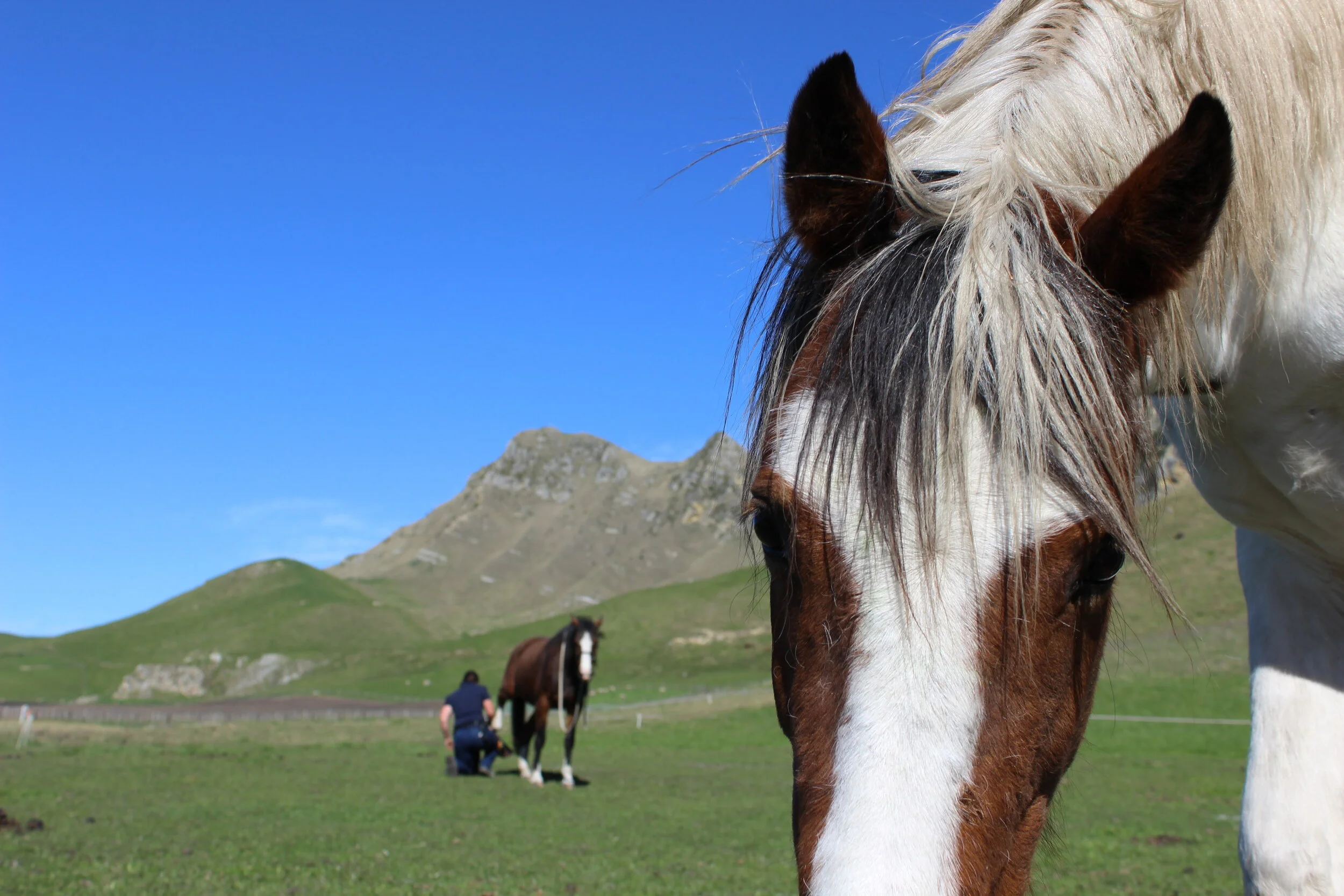Any horse can get laminitis. Not just the fat ponies, but any horse, of any age or breed.
**This article includes images of cadaver hooves, if you do not wish to see then don’t scroll down.
Lamintis is simply inflammation. Systemic inflammation, affecting the whole body, but we see the damage most clearly in the hooves. In the hooves there is no space for swelling, the laminae, which connect the hoof wall to the bone, become inflamed and are at a great risk of damage - they start to pull apart.
Laminitis comes in many shades. Acute laminitis comes on very quickly (can be within hours) and is very severe, think the classic rocked back pose. Chronic laminitis comes on slowly over a long period, it often goes unnoticed and the horse is just a bit “off” and does move forward well, it can takes years but progressively gets worse, this can reach a tipping point and the horse “suddenly” becomes acutely laminitic.
Anything that causes stress and inflammation can cause laminitis; poisoning, giving birth, medications, allergic reactions, travel stress, heat stress, colic, overworking, poor hoofcare, support limb overload, other illnesses or health conditions, worming, too much rich feed, obesity… the list could go on.
Any horse can get laminitis. It doesn’t matter what age, breed or size. Donkey’s and Mule’s also get laminitis - in fact any animal with hooves can suffer from laminitis.
If you have ever accidentally hit your thumb with a hammer you will know that throbbing pain. Imagine having your fingernails ripped off, very slowly, except that your fingernails are your feet and you are standing on them 24/7. It is excruciating.
Image source: https://practicalhorsemanmag.com/health-archive/fighting-laminitis-in-horses-30952
What predisposes a horse to laminitis?
Horses with conditions such as Cushings (PPID) or Equine Metabolic Syndrome, overweight horses, horses with a stressful or far-from-natural lifestyle, horses who receive infrequent or poor hoofcare and horses who have a high sugar, high grain or very imbalanced diet are all at greater risk of laminitis.
Not only are they at greater risk of a laminitic episode, it will usually be worse and take longer for these horses to recover. Once your horse has had a laminitic episode they are more at risk of getting it again.
If your horse is has anything that predisposes them to laminitis do not ignore it! Managing your horse might be inconvenient, but compared to the excruciating pain your horse could suffer why would you risk it?
A hoof with normal bone alignment and healthy laminae connection. This hoof does however, have a thin sole and frog, it has also been over-trimmed.
A chronically laminitic hoof with poor connection of hoof wall and bone (stretched laminae and whiteline). The pedal bone is pressing down into the sole, which will be causing the sole to appear flat or bulging. However, to the untrained eye this hoof may look “normal” from the outside.
A severe and chronically laminitic hoof with substantial hoof capsule rotation and damage/bone loss to the pedal bone.




